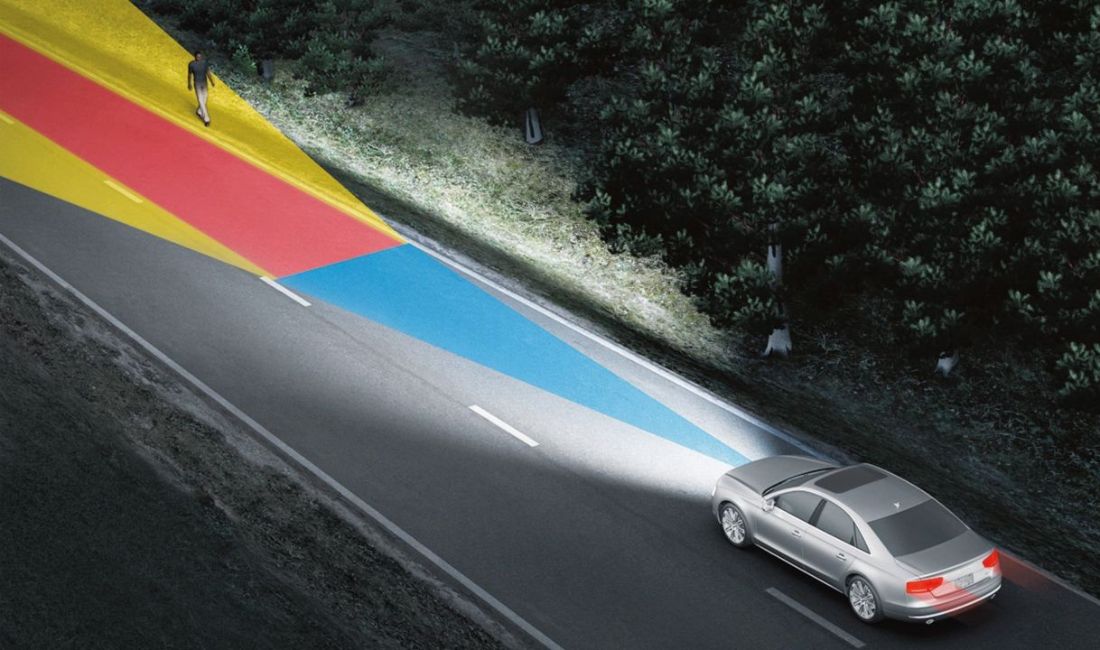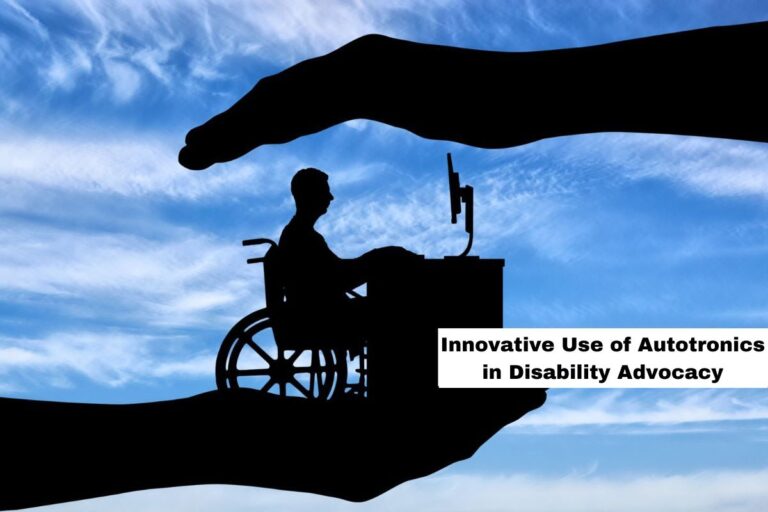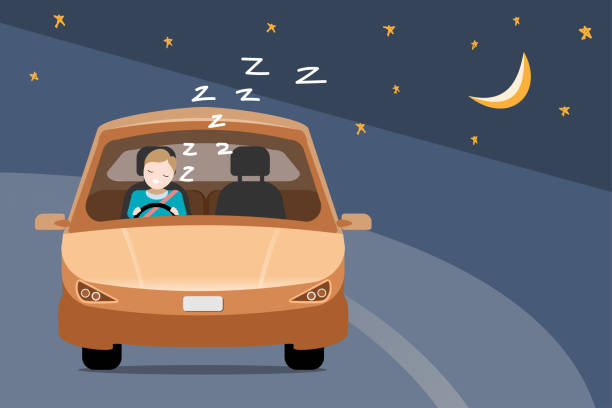Night driving presents unique challenges and risks for drivers. Reduced visibility, glare from oncoming traffic, and difficulty discerning obstacles are just a few of the issues that make night driving hazardous. However, advancements in automotive technology, particularly in lighting systems, significantly improve night driving experiences.
This blog explores how advanced lighting systems in autopilots revolutionise night driving, enhance safety, and provide a more comfortable driving experience.
The Evolution of Automotive Lighting
Automotive lighting has come a long way since the introduction of the first electric headlights in the early 20th century. Initially, cars were equipped with basic incandescent bulbs that provided limited illumination. Over the years, technology advanced, and halogen bulbs became the standard due to their improved brightness and longer lifespan.
The late 20th and early 21st centuries saw a significant shift towards more advanced lighting technologies. Xenon HID (High-Intensity Discharge) lights offered brighter and more efficient illumination than halogen bulbs. However, the most transformative advancements have occurred in recent years with the advent of LED (light-emitting diodes) and laser lighting systems.
Types of Advanced Lighting Systems
1. LED (light-emitting diodes)
LEDs are rapidly becoming the preferred choice for automotive lighting due to their efficiency, durability, and versatility. They provide brighter illumination, consume less energy, and have a longer lifespan compared to traditional bulbs. LEDs also offer design flexibility, allowing manufacturers to create distinctive lighting patterns and shapes.
2. Laser Lights
Laser lights represent the cutting-edge of automotive lighting technology. They are significantly smaller than LED lights, yet they produce a far more intense and focused beam. This allows for greater illumination distances, enhancing visibility at night. Laser lights are often used in high-end vehicles and are gradually becoming more mainstream.
3. Adaptive Headlights
Adaptive headlights are designed to adjust the direction and intensity of the light beam based on the vehicle’s speed, steering angle, and road conditions. This technology helps to illuminate curves and corners more effectively, reducing the risk of accidents. Adaptive headlights enhance driver visibility and reaction time, especially on winding roads and in adverse weather conditions.
4. Matrix LED lights
Matrix LED lights consist of multiple individual LEDs that can be controlled independently. This allows for dynamic lighting patterns that can adapt to various driving situations. For example, matrix LEDs can automatically dim certain sections of the beam to avoid blinding oncoming drivers while maintaining maximum illumination on other parts of the road. This smart lighting solution improves safety and driver comfort.
Technological Innovations in Lighting
The integration of advanced lighting systems with vehicle sensors and cameras has opened up new possibilities for enhancing nighttime driving safety. Modern vehicles are equipped with various sensors that detect road conditions, traffic, and obstacles. By linking these sensors with the lighting system, cars can adjust their headlights in real time to provide optimal illumination.
Smart beam technology, also known as high beam assist, automatically toggles between high and low beams based on the presence of oncoming traffic. This reduces the need for manual adjustments by the driver, allowing them to focus more on the road.
Artificial intelligence (AI) is also playing a crucial role in advancing automotive lighting systems. AI algorithms can analyse data from sensors and cameras to predict potential hazards and adjust the lighting accordingly. This proactive approach enhances safety by ensuring that the road ahead is always well-lit.
Benefits of Advanced Lighting Systems
5. Improved visibility and safety
The primary benefit of advanced lighting systems is improved visibility. Brighter and more focused beams help drivers see further and identify obstacles sooner. Adaptive and matrix lighting systems enhance visibility around curves and corners, reducing the risk of accidents. Overall, advanced lighting systems contribute significantly to road safety.
6. Enhanced Driver Comfort
Driving at night can be stressful, especially with the glare from oncoming traffic. Advanced lighting systems, such as adaptive headlights and matrix LEDs, reduce glare and provide a more comfortable driving experience. Drivers can focus better on the road without the distraction of manually adjusting their headlights.
7. Energy Efficiency and Environmental Impact
LED and laser lighting systems are more energy-efficient compared to traditional halogen and HID lights. They consume less power, reducing the load on the vehicle’s electrical system and improving fuel efficiency. Additionally, their longer lifespan means fewer replacements, resulting in less waste and a smaller environmental footprint.
Challenges and Future Prospects
Despite the numerous benefits, there are still challenges in implementing advanced lighting systems. High development and manufacturing costs can make these technologies expensive, limiting their availability to high-end vehicles. Additionally, the integration of complex electronics and sensors requires robust testing and validation to ensure reliability.
Looking to the future, the automotive industry is expected to see continued advancements in lighting technology. Emerging trends include the development of even more efficient and compact lighting solutions, greater integration with autonomous driving systems, and enhanced customisation options for individual drivers. As technology evolves, advanced lighting systems will become more accessible and affordable, benefiting a broader range of vehicles and drivers.
Sushen Mohan Gupta: Innovating Night Driving at Deva Autotronics
Sushen Mohan Gupta is revolutionising the way we drive at night. With his forward-thinking approach and passion for innovation, Under his leadership, the company has pioneered advanced lighting systems that significantly enhance night driving safety and comfort.
From integrating AI-driven adaptive headlights to developing energy-efficient LED and laser lights, Sushen ensures that Deva Autotronics stays ahead of the curve. His vision aligns seamlessly with the advancements highlighted in our blog, showcasing how Deva Autotronics is transforming night driving through cutting-edge technology and relentless innovation.
Wrapping Up!
Advanced lighting systems in autopilots are transforming the way we drive at night. From LED and laser lights to adaptive and matrix headlights, these technologies offer improved visibility, enhanced safety, and greater driver comfort. While challenges remain, the future of automotive lighting looks promising, with continued innovation set to make night driving safer and more enjoyable for everyone.
By embracing these advancements, the automotive industry is taking significant steps towards reducing the risks associated with night driving, ultimately saving lives and improving the overall driving experience.






